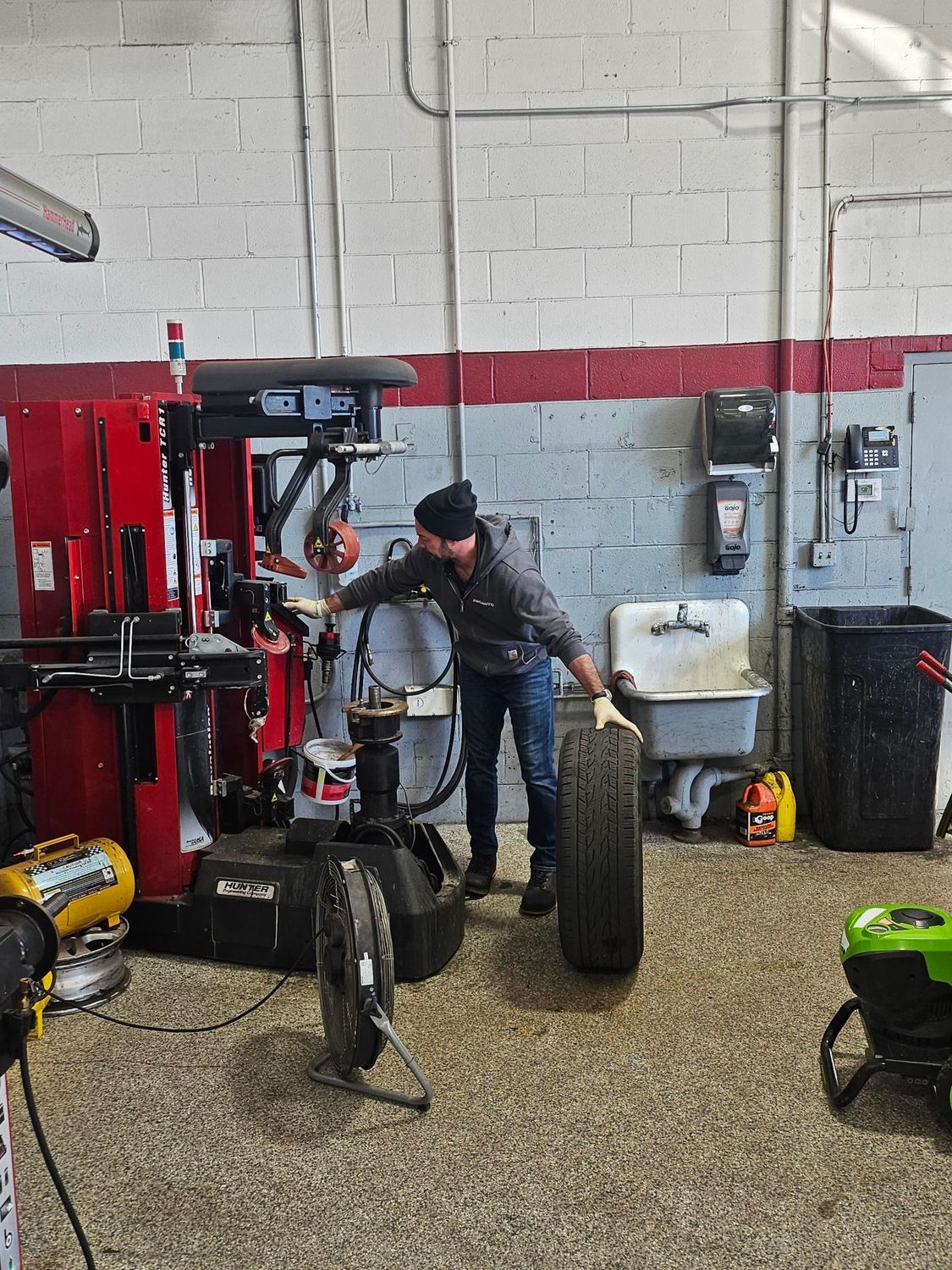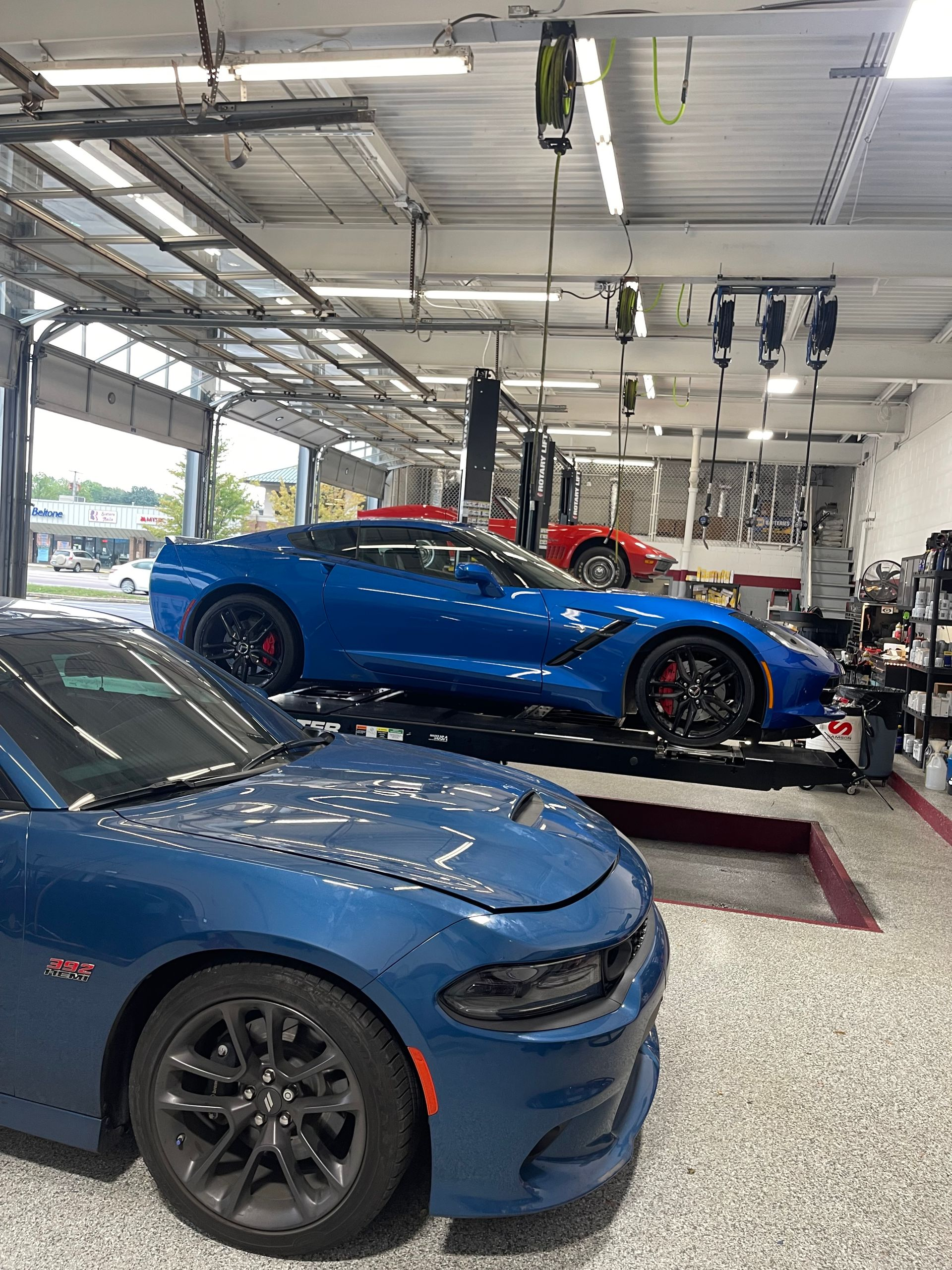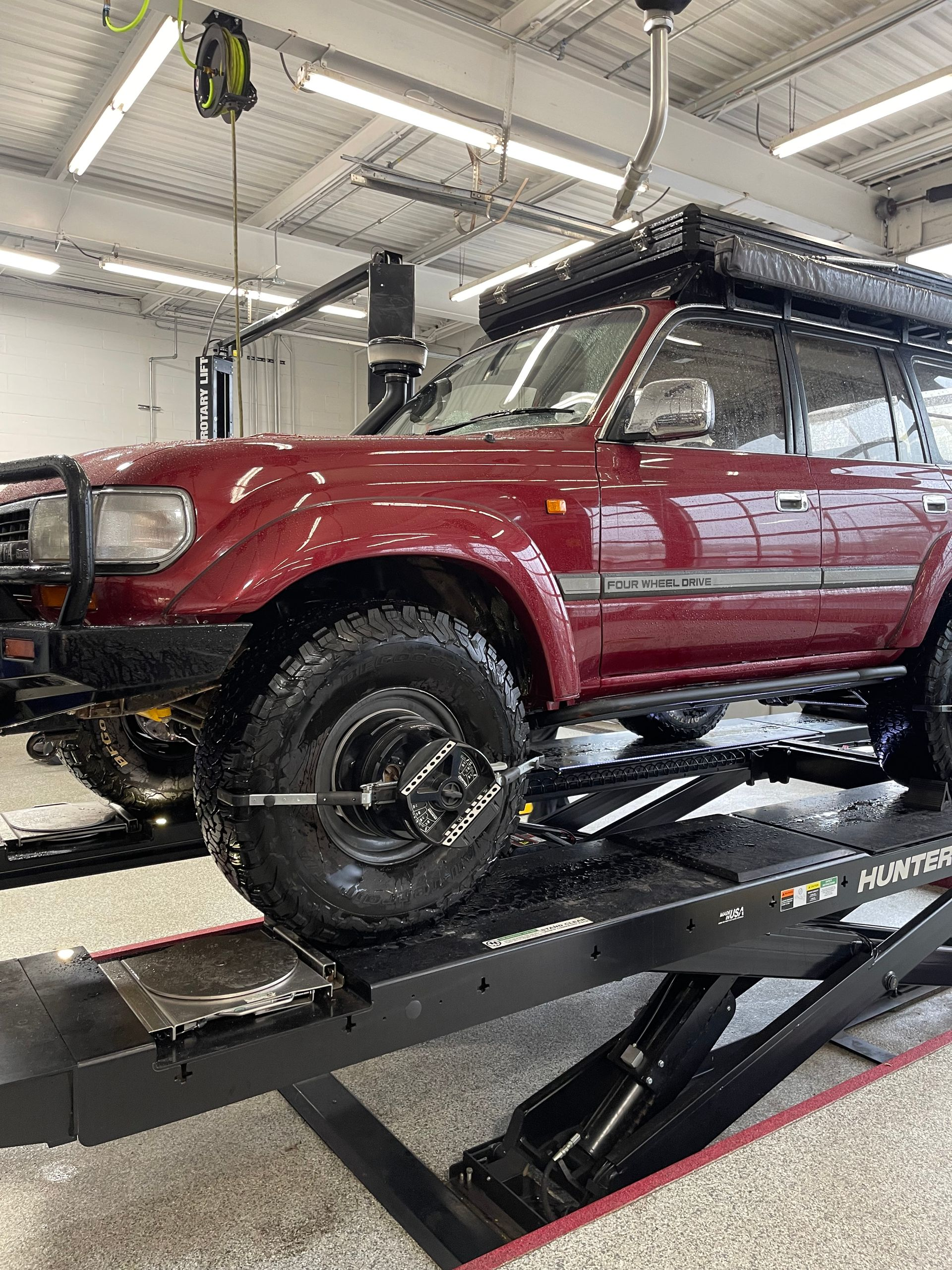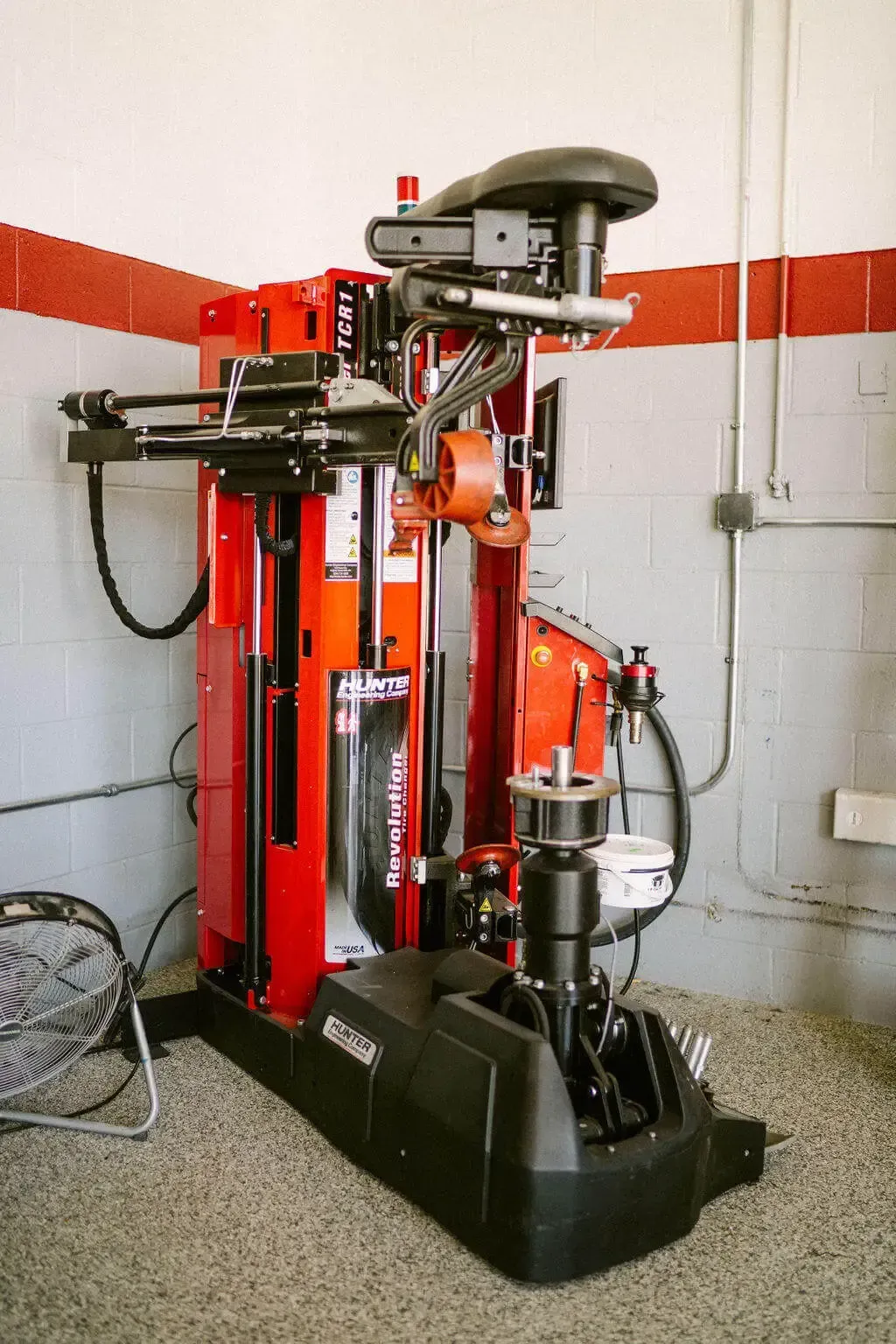Happy Holidays
Dedicated to keeping your vehicle safe and running smoothly with top-notch care.
3333+ Reviews
Rewarding your loyalty
Check your rewards Balance
Customer Reviews
"Awesome guys!! Was having trouble with passing my emissions for the past 2 weeks... These guys diagnosed that all of my 4 brand new o2 sensors from amazon were defective!! They were straight to the point... Got new ones from dealer... Boom!!!.. ALL IS GOOD!"
Perry Beldia
"Had an issue with a vibration in my front end, even with new tires. Lee found that over time shops had just added weights to the wheels. He balanced them his way and no more vibration. Said the front end of the car was solid too. Honest shop."
Eric
oil change
Regular oil changes keep your engine running smoothly and extend your vehicle's life. We use high-quality oil and filters for optimal performance.
auto a/c
Stay comfortable year-round with our expert auto A/C services. We diagnose and repair air conditioning issues to keep your system efficient.
electrical services
Our electrical services ensure your vehicle's systems operate flawlessly. We handle everything from battery replacements to complex diagnostics.
Welcome to ProAuto
Excellence in Auto Repair
At ProAuto, we provide top-quality auto repair services for the Chicagoland area. Our skilled technicians bring over 100 years of expertise, committed to delivering exceptional service. We pride ourselves on our honesty, reliability, and commitment to customer satisfaction. Whether it's routine maintenance or complex repairs, you can trust us to keep your car running smoothly.
Hassle-Free Auto Service in Morton Grove, IL
Located in Morton Grove, IL, ProAuto offers a hassle-free experience for all your auto service needs. From oil changes to brake repairs, our team is here to provide efficient and reliable services. We use the latest diagnostic tools and techniques to ensure accurate and timely repairs. Visit us for a seamless auto service experience and drive away with confidence.
EFFICIENT
At ProAuto, we believe that time is of the essence. Our team works diligently to ensure every repair and service is completed swiftly without compromising on quality, so you can get back on the road sooner.
FRIENDLY
We pride ourselves on fostering a welcoming and supportive environment. From the moment you walk in, our friendly staff is dedicated to making your experience pleasant and stress-free.
TRANSPARENT
Honesty is at the core of our business. We provide clear, straightforward explanations and upfront pricing, ensuring you always know what to expect and can make informed decisions about your vehicle.
Vehicles We Service
Top-Quality Service for Cars, Trucks, SUVs, and Hybrids in Morton Grove, IL
At ProAuto, we pride ourselves on providing top-quality service for a wide range of vehicles, including cars, trucks, SUVs, and hybrids. Located in Morton Grove, IL, our experienced technicians are dedicated to ensuring your vehicle runs smoothly and efficiently. Our comprehensive services include routine maintenance and inspections, such as oil changes, brake inspections, and tire rotations. We also handle complex engine and transmission repairs with precision and care, ensuring your vehicle is in peak condition.
Additionally, we offer thorough brake services, including inspections, repairs, and replacements, as well as suspension and steering repair to maintain a smooth and controlled ride. Our electrical system diagnosis and repair services cover everything from battery replacements to diagnosing electrical issues. Stay comfortable in any season with our AC and heating system repairs and maintenance. For hybrid vehicle owners, our technicians are trained to handle the unique needs of hybrid vehicles, ensuring optimal performance and efficiency. Visit ProAuto in Morton Grove, IL, for reliable, expert service for all your vehicle needs. Our commitment to quality and customer satisfaction makes us the go-to choice for vehicle owners in the area.
Why Choose us
Exceptional Local Auto Service. Trusted by Morton Grove, IL Residents
We are a family-owned and independently operated business, headed by a seasoned automotive technician with over 30 years of experience in car servicing. At ProAuto, exceptional customer service is our top priority, equally as important as ensuring your vehicle's safety. We strive to be your trusted partner, offering comprehensive automotive repairs and services in Morton Grove, IL.
ProAuto Perks and Benefits:
Drop Off Service
A convenient way to leave your car, ensuring it receives expert care while you carry on with your day.
Local Shuttle Service
A transportation, allowing you to drop off your automobile and get a ride to your needed destination.
Contactless Auto Repair
Safe way to have your automobile serviced without direct contact, maintaining all hygiene standards.
** Please contact us to learn more about the above services. Oil changes are not included for drop off or local shuttle services.
Auto Repair Mechanic Near Me
Premier Auto Repair and Maintenance in Morton Grove, IL for Surrounding North Shore and Northwest Suburb Communities
Nestled in the heart of Morton Grove, IL - part of the Greater Chicago metropolitan area, ProAuto is your premier destination for exceptional auto repair services. As a BBB Accredited Business, we pride ourselves on delivering reliable and skilled maintenance for your vehicle. Our convenient location makes it easy for residents of Morton Grove and the surrounding areas to access top-quality automotive care.
Our service areas include:
- Morton Grove, IL
- Niles, IL
- Glenview, IL
- Park Ridge, IL
- Wilmette, IL
- Evanston, IL
- Des Plaines, IL
- Palatine, IL
- Northbrook, IL
- Winnetka, IL
- Lincolnwood, IL
- Wheeling, IL

















